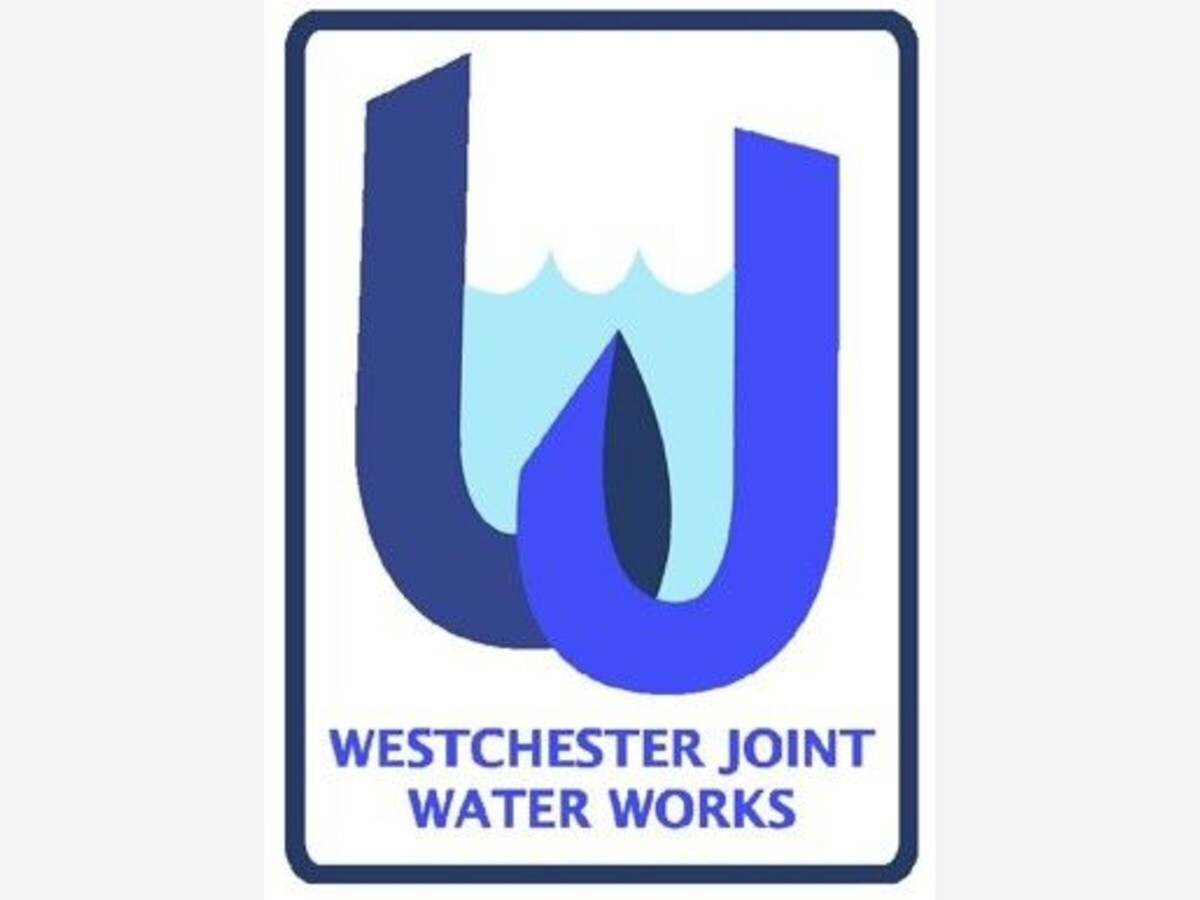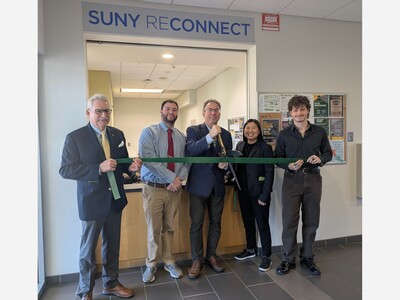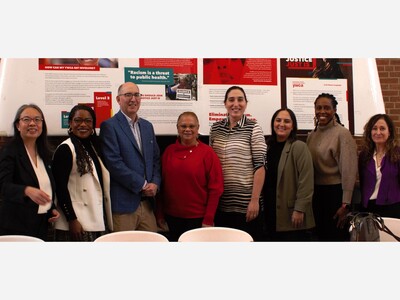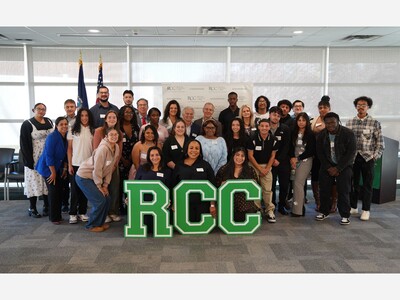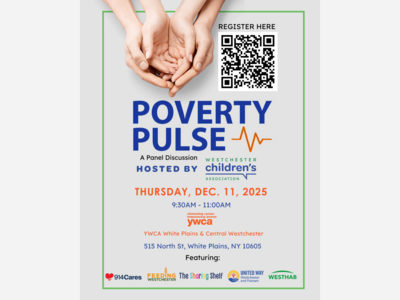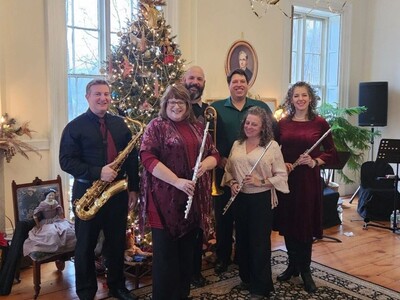Westchester Joint Water Works Issues Findings Statement for Rye Lake Water Filtration Plant
Westchester Joint Water Works (WJWW), a nonprofit public benefit corporation responsible for maintaining a drinking water system for up to 100,000 Westchester County residents, has issued a findings statement certifying that all New York State Environmental Quality Review Act, or SEQRA, requirements and regulations have been met for a proposed $138 million drinking water filtration plant to be built at Westchester County Airport in the Town/Village of Harrison. At its Oct. 12 board meeting, WJWW, as lead agency, adopted the findings statement. This is the final step in the lead agency’s SEQRA review for the project.
“This has been a long and thorough process, and Westchester Joint Water Works is pleased to share these important findings that conclude that the Westchester County Airport site planned for the water filtration plant is superior to alternative locations,” said Thomas Murphy, Chairperson of the WJWW Board of Trustees and Mamaroneck Village Mayor. “The building of the water filtration plant will enable a diverse population to receive clean drinking water for generations. We look forward to moving this crucial project forward.”
The SEQRA findings statement concludes that the Westchester County Airport site planned for the water filtration plant is superior to alternative locations, most notably “Alternative 2 – WJWW Owned Exchange Parcel” because (among other reasons):
- The airport site is located within an existing business zoning district. Unlike Alternative 2, which is in a residential zoning district.
- The airport site is fronted by NYS Route 120 (Purchase Street) with direct access to Purchase Street; whereas Alternative 2 is fronted by a presently undeveloped residential subdivision with access to Purchase Street only through this residential subdivision.
- Building the water filtration plant at the airport site will not result in any disturbance to wetlands, unlike Alternative 2, which would require disturbance of regulated freshwater wetlands.
- The airport site is fronted by an existing WJWW water transmission main and existing Con Edison electric transmission line. As compared to Alternative 2, the airport site reduces the scope and cost of construction and associated environmental impacts of the new infrastructure required to connect the water filtration plant to WJWW’s existing water main system and Con Edison’s electric grid.
Other considerations given to airport site:
- The water filtration plant is a permitted use on the county land and the project is consistent with the Town/Village zoning and Harrison’s Comprehensive Plan.
- To be consistent with the residential character of the Purchase Street neighborhoods, the water filtration plant building will include architectural elements such as stone veneer matching the stone walls along Purchase Street, and a gabled roof line with building height meeting residential zoning requirements.
- The water filtration plant building will be located behind a 100-foot buffer of existing mature trees along Purchase Street to be enhanced by landscaping with views from Purchase Street largely obstructed.
- An existing buffer of mature trees and vegetation to be enhanced by landscaping will provide an effective visual screen between the water filtration plant and a house of worship, which property abuts the airport site.
- An Archaeological Survey of the airport site was performed and reviewed by the New York State Office of Parks, Recreation and Historic Preservation, which concluded the airport site “contained no properties, including archeological and/or historic resources, listed in or eligible for the New York State and National Registers of Historic Places”.
- The airport site is located on the New York City Kensico Reservoir Watershed requiring construction to comply with stringent New York City Department of Environmental Protection (NYCDEP) regulations to protect the Kensico Reservoir Watershed.
The Findings Statement is available at www.wjwwfiltration.org.
ABOUT THE PROJECT
The project calls for a 30-million-gallon per day Dissolved Air Flotation/Filtration (DAFF) plant to be built at Westchester County Airport in the Town/Village of Harrison on 13.4 acres of land. The land, currently owned by Westchester County, is planned to be apportioned from the Westchester County Airport property in exchange for a deed from WJWW for an equivalent 13.4-acre parcel it owns nearby (WJWW Owned Exchange Parcel). The exchange will result in no net acreage loss or gain to Westchester County Airport or WJWW.
The issuance of the findings statement is the final step in the lead agency’s SEQRA review and moves forward efforts aimed at meeting legal obligations for the filtration of WJWW’s raw water source at Rye Lake. In accordance with orders issued by New York State Supreme Court and the U.S. EPA, the plant is mandatory for WJWW’s system to meet surface water treatment requirements including the control of harmful levels of disinfection by-products such as haloacetic acids, or HAA5. The filtration plant would have the capacity to filter the maximum daily water supply demand of WJWW’s entire water distribution system.
Traces of HAA5 have been detected in the Rye Lake water supply system. HAA5 compounds are a common by-product of the water disinfection process, as they form when chlorine reacts with naturally occurring organic matter in untreated surface water from the Rye Lake source. Chlorine is the most commonly used disinfectant among public water suppliers to kill bacteria and viruses that could cause serious illnesses. Filtering the water is a proven treatment to remove organic matter and thereby reduce the formation of HAA5 compounds. Long-term exposure to high levels of HAA5 has been linked to an increased risk for cancer.
ABOUT WJWW
Westchester Joint Water Works (WJWW) is a nonprofit public benefit corporation formed in 1927 by its three member municipalities: the Village of Mamaroneck, the Town of Mamaroneck, and the Town/Village of Harrison pursuant to the provisions of Chapter 654, Laws of 1927, State of New York to acquire, construct and provide a joint water works. WJWW supplies water to its member municipalities and to portions of the cities of Rye and New Rochelle, serving 59,629 consumers through 14,682 service connections. WJWW also supplies water on a wholesale basis to the Village of Larchmont and Veolia (formerly Suez Water Westchester), which sells water to the City of Rye, Village of Rye Brook and Village of Port Chester. In all, WJWW provides drinking water to up to 100,000 residents and other consumers in Westchester County.

